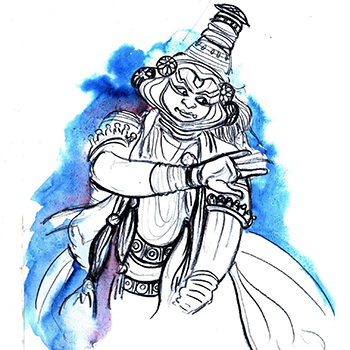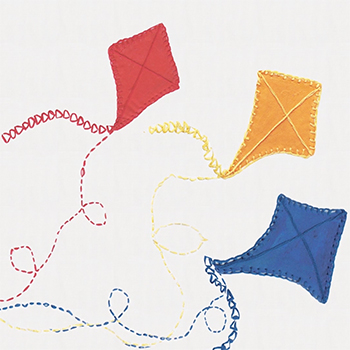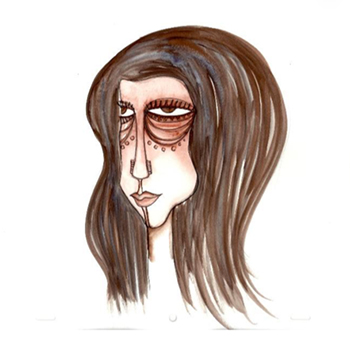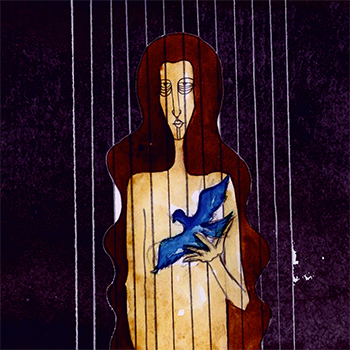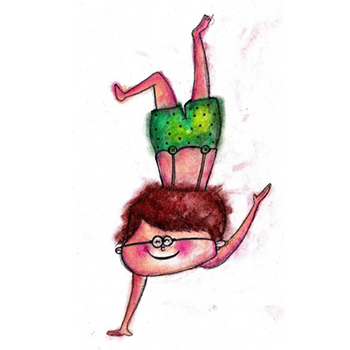All the Indian Classical Dance forms are derived and inspired from one another. To understand any dance form completely and holistically the basic understanding of the classical Indian dance form is important. The four Vedas, Upanishads, Ramayana, Mahabharata, Puranas etc. are said to be the basis for all streams of learning in ancient Indian culture and the influence of it can be seen in all the Indian forms of art. The sacred scriptures of the four Vedas (Sama veda, Yajur veda, Rig veda and Atharva veda) were said to be divine spiritual knowledge derived from the supreme power, they are said to be the words of God. Elaborate and detailed references to the art of dancing are also described religiously in the Rig Veda, which was compiled around 1500 B.C. It proves that dance was one of the oldest forms of art in India. The basic art of dance resulted into the emergence of many classical dance forms including Bharatnatyam, Kuchipudi, Kathakali, Mohini Attam, Kathak, Odissi and Manipuri and various other folk dances in India with the evolution of time.


